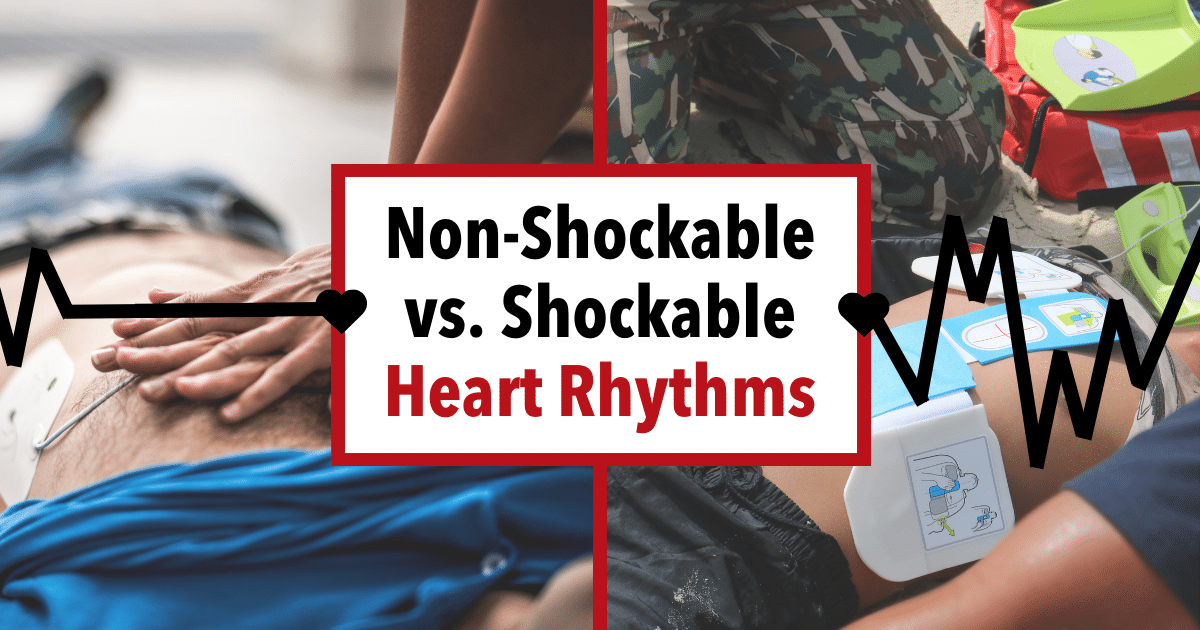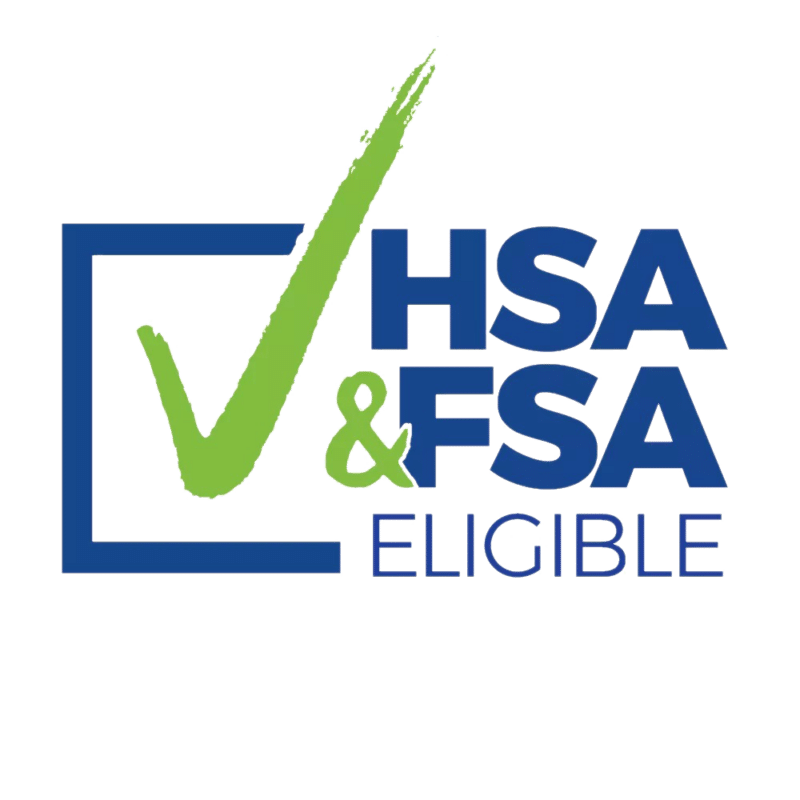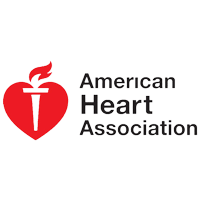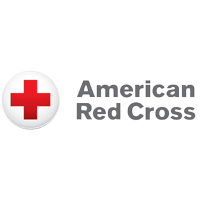AED's, Uncategorized
Shockable vs. Non-Shockable Rhythms: AED Use Explained
When sudden cardiac arrest strikes, every second matters. Immediate action, including CPR and the use of an Automated External Defibrillator (AED), can mean the difference between life and death. But did you know that not all cardiac rhythms can be treated the same way? In emergencies, understanding the difference between shockable and non-shockable heart rhythms is critical for first responders, healthcare providers, and even everyday individuals using an AED for home, school, gym, or business.
In this article, we’ll break down the differences between shockable and non-shockable rhythms, explain how AEDs determine these rhythms, and guide you on why having an AED for home, AED for church, or AED for aviation environments is more essential than ever.
Understanding the Basics: What is a Cardiac Arrest?
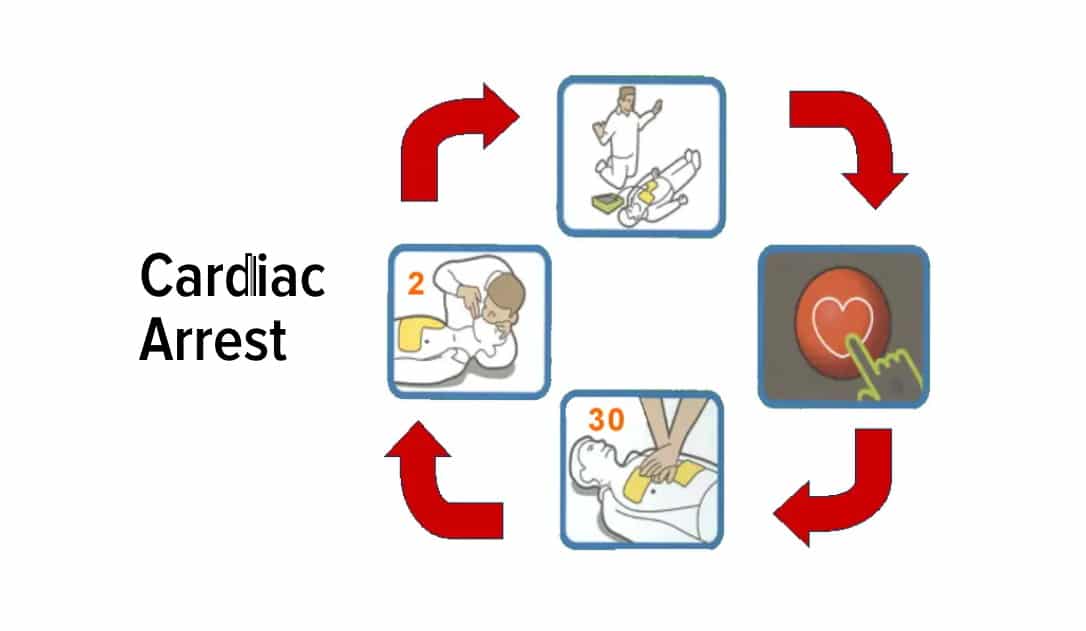
Cardiac arrest is a sudden loss of heart function, often caused by an electrical malfunction that disrupts the heart’s rhythm. Unlike a heart attack, which is a circulation problem, cardiac arrest is an electrical problem, and it happens without warning.
An AED works by analyzing the heart’s rhythm and delivering a shock if needed. But here’s where it gets specific: only shockable heart rhythms will respond to defibrillation. That’s why recognizing the type of rhythm is so important.
What Are Shockable Heart Rhythms?
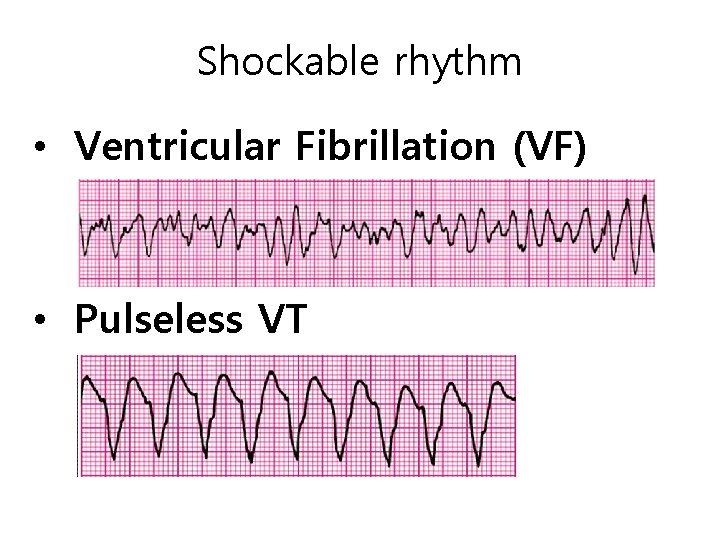
1. Ventricular Fibrillation (VF)
VF is the most common rhythm associated with sudden cardiac arrest. The heart’s electrical signals become erratic, causing it to quiver instead of pumping blood.
2. Pulseless Ventricular Tachycardia (VT)
This rhythm involves a fast heart rate that originates in the ventricles. When VT is without a pulse, it is treated as a shockable rhythm.
Why These Rhythms Are Shockable
Both VF and pulseless VT are considered shockable because defibrillation can “reset” the heart’s electrical system, giving it a chance to return to a normal rhythm. When an AED for home use or in a gym or school detects these rhythms, it will instruct the user to deliver a shock.
What Are Non-Shockable Heart Rhythms?
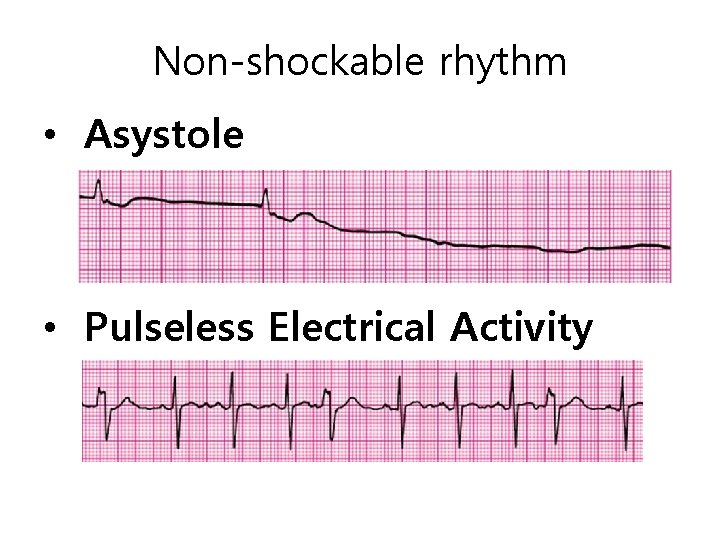
1. Asystole (Flatline)
This is a complete absence of electrical activity in the heart. It appears as a flat line on an ECG and is not shockable.
2. Pulseless Electrical Activity (PEA)
In PEA, the heart’s electrical activity appears normal, but the heart is not pumping blood. Like asystole, PEA is non-shockable and requires high-quality CPR and medications rather than defibrillation.
Why AEDs Don’t Shock Non-Shockable Rhythms?
Shock is only useful when there’s chaotic electrical activity to correct. In asystole or PEA, the issue is usually more systemic and cannot be fixed by shocking the heart.
How AEDs Work in Real-Time?
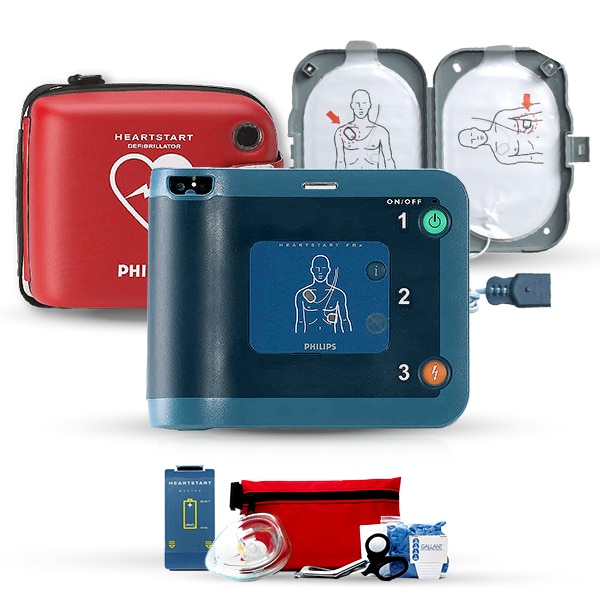
Modern AEDs are intelligent devices. Whether it’s an AED for school, an AED for police, or an AED for church, the core functionality remains the same:
- Pads are applied to the chest
- The device analyzes rhythm
- Shock is advised or not based on the rhythm
- Voice-guided instructions continue for CPR or shock delivery
Because time is critical, having an AED nearby — whether it’s an AED for business, gym, or aviation — drastically improves survival rates.
Where You Need an AED – Beyond the Hospital?
Let’s explore where AEDs are most essential and why having one tailored for specific environments could be life-saving:
1. AED for Home
Cardiac arrest often occurs at home. A user-friendly AED for home can make a non-medical person a life-saver. Many AEDs designed for residential use come with voice prompts and child settings.
2. AED for School
Children and staff in schools may have undiagnosed cardiac conditions. A quick response with an AED for school is vital, especially in athletic programs.
3. AED for Church
Churches are community hubs with congregants of all ages. An AED for church ensures immediate emergency response during services, weddings, or events.
4. AED for Police
Police officers are often first on the scene. Equipping vehicles with an AED for police can bridge the gap before EMTs arrive.
5. AED for Aviation
In-flight medical emergencies are uniquely challenging. An AED for aviation must be lightweight, FAA-approved, and ready to operate under pressure.
6. AED for Business
High-stress workplaces and large office buildings can benefit greatly from a readily available AED for business. It also meets OSHA safety recommendations.
7. AED for Gym
High-intensity exercise can trigger cardiac arrest, especially in those with underlying conditions. An AED for gym use is essential to keep members safe.
What to Do If You Encounter a Sudden Cardiac Arrest?
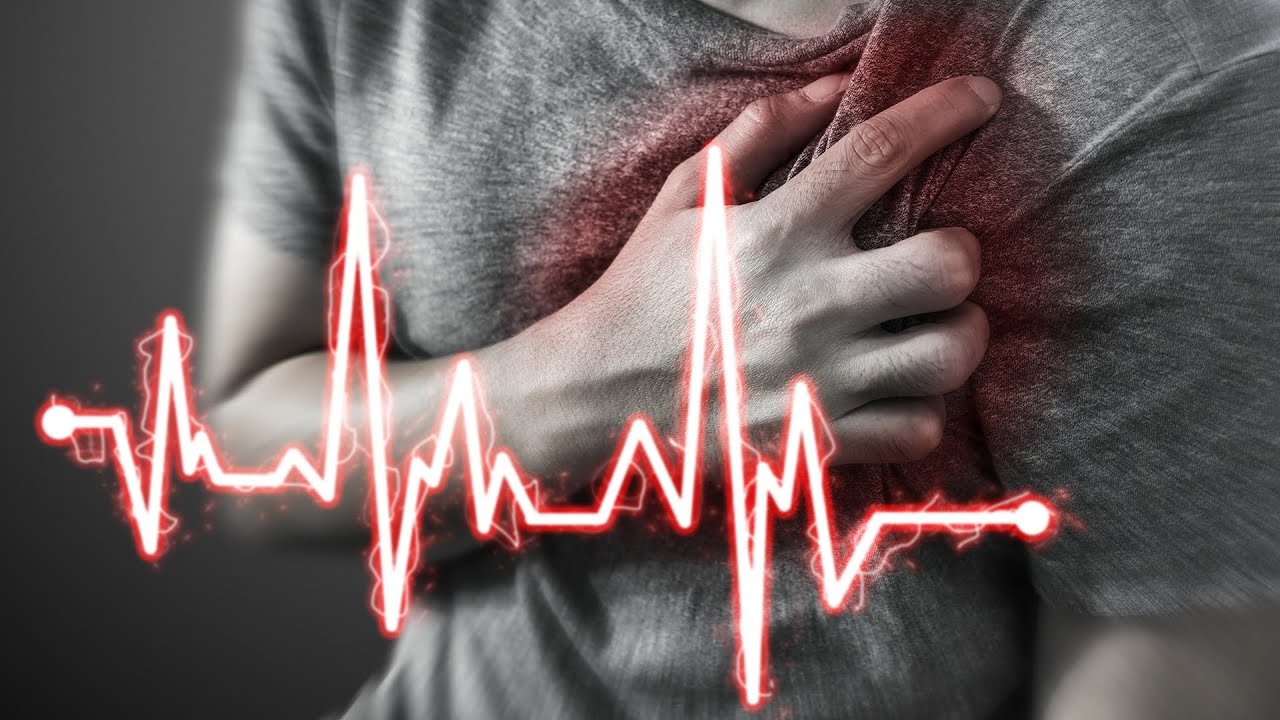
Even if you’re not a medical professional, you can save a life by following these steps:
- Call 911 immediately
- Start CPR
- Use an AED as soon as possible
- The device will tell you if the rhythm is shockable
- Follow the voice instructions precisely
This is where the distinction between shockable and non-shockable rhythms becomes critical. Your role is to act fast — let the AED do the rhythm analysis.
AEDs and Training: Why It’s Easier Than You Think
Many people worry they won’t know how to use an AED. The truth is, today’s AEDs — whether it’s an AED for home, church, or gym — are designed to be nearly foolproof. They give step-by-step voice instructions and only deliver a shock if it’s necessary.
Still, CPR/AED training offered by organizations like the American Heart Association, the Red Cross, or CalMed Equipment & Services is a wise investment. CalMed is also a trusted provider of AEDs across sectors, helping schools, churches, police departments, and even homes become heart-safe.
Conclusion: Be Ready for Shockable and Non-Shockable Rhythms Alike
Understanding the difference between shockable and non-shockable rhythms empowers you to act quickly and confidently during cardiac emergencies. While only VF and pulseless VT are shockable, immediate CPR and AED use still give victims of PEA and asystole a fighting chance.
No matter where you are — at home, school, church, gym, or on a flight — having an AED for home, an AED for school, or even an AED for police can significantly increase survival odds. As CalMed and emergency professionals say, “The best time to prepare was yesterday. The second best time is now,” resulting in no pulse. It is treated with CPR and by addressing the underlying causes.
Frequently Asked Questions About AEDs and Heart Rhythms
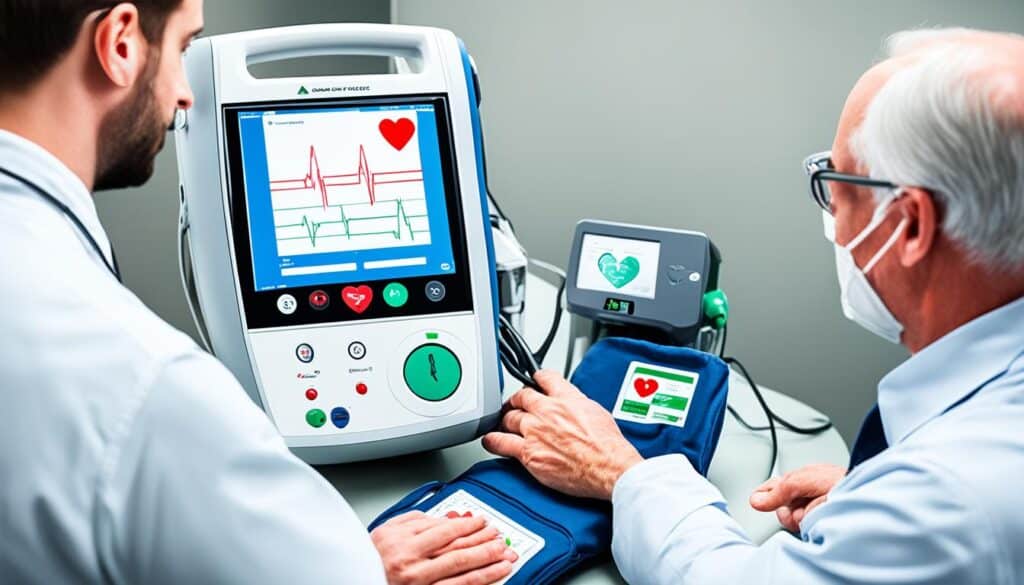
Can an AED hurt someone if used incorrectly?
No. AEDs are designed not to deliver a shock unless a shockable rhythm is detected.
What if the AED says “no shock advised”?
That means the person likely has a non-shockable rhythm, like asystole or PEA. Continue high-quality CPR until help arrives.
How often should an AED be maintained?
Most AEDs do self-checks, but batteries and pads typically need replacement every 2–5 years. This is especially important for an AED for business or police, where downtime could be deadly.
Do I need a prescription to buy an AED?
In most U.S. states, you can now buy an AED for home use without a prescription, especially from suppliers like CalMed.

